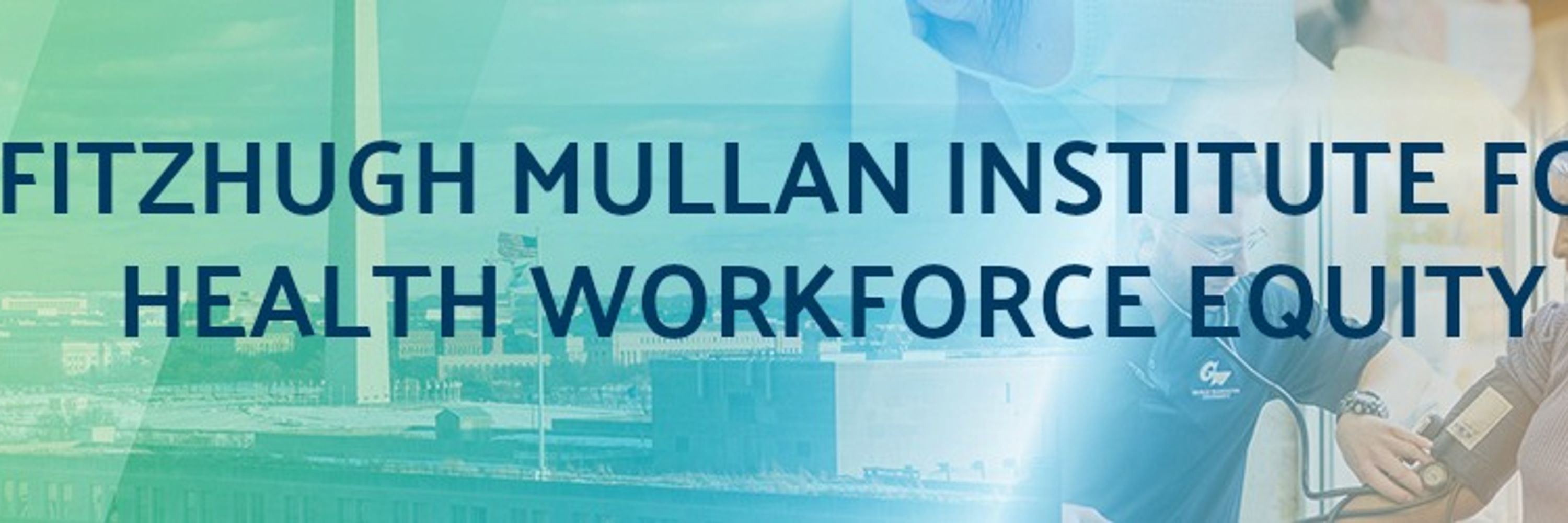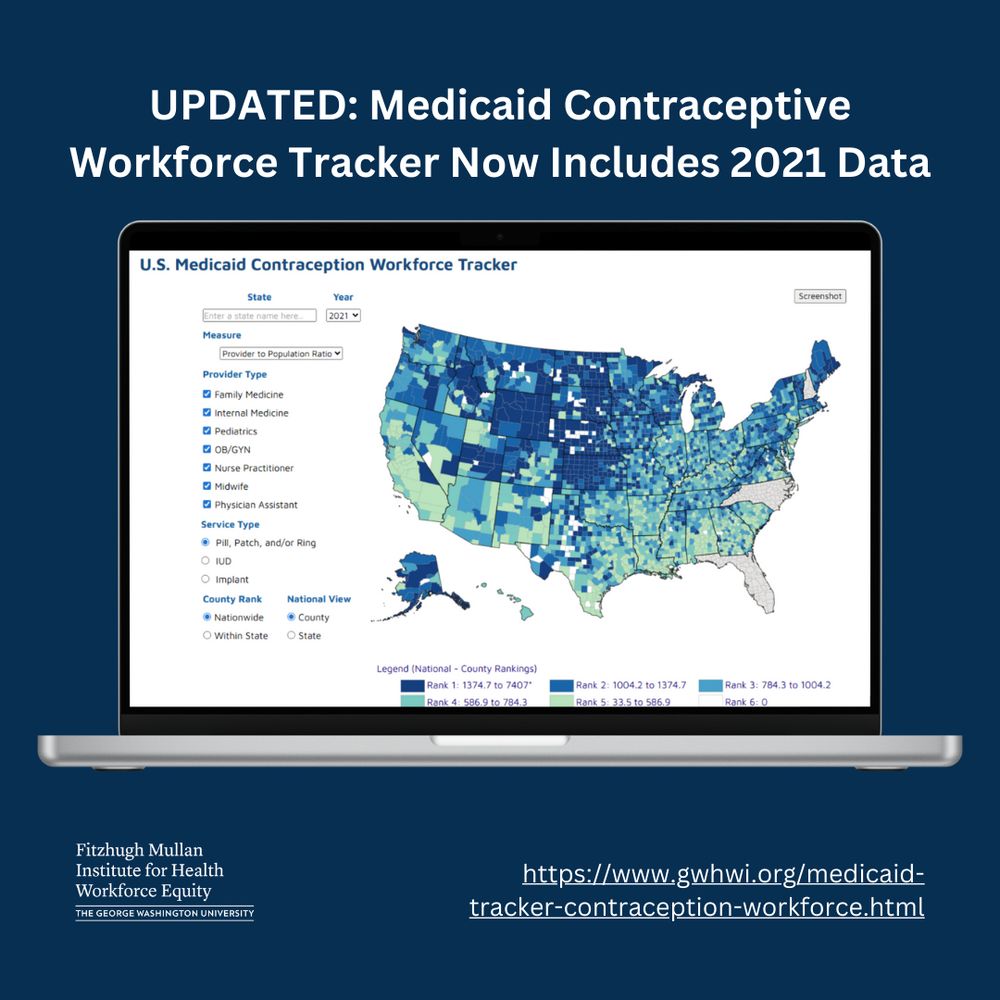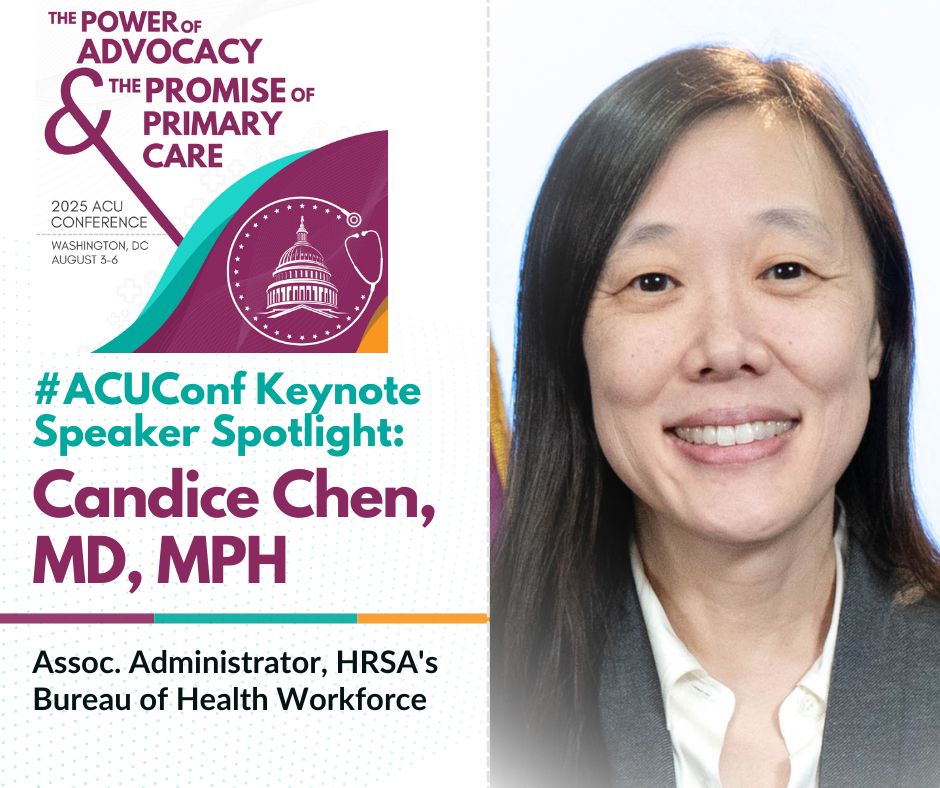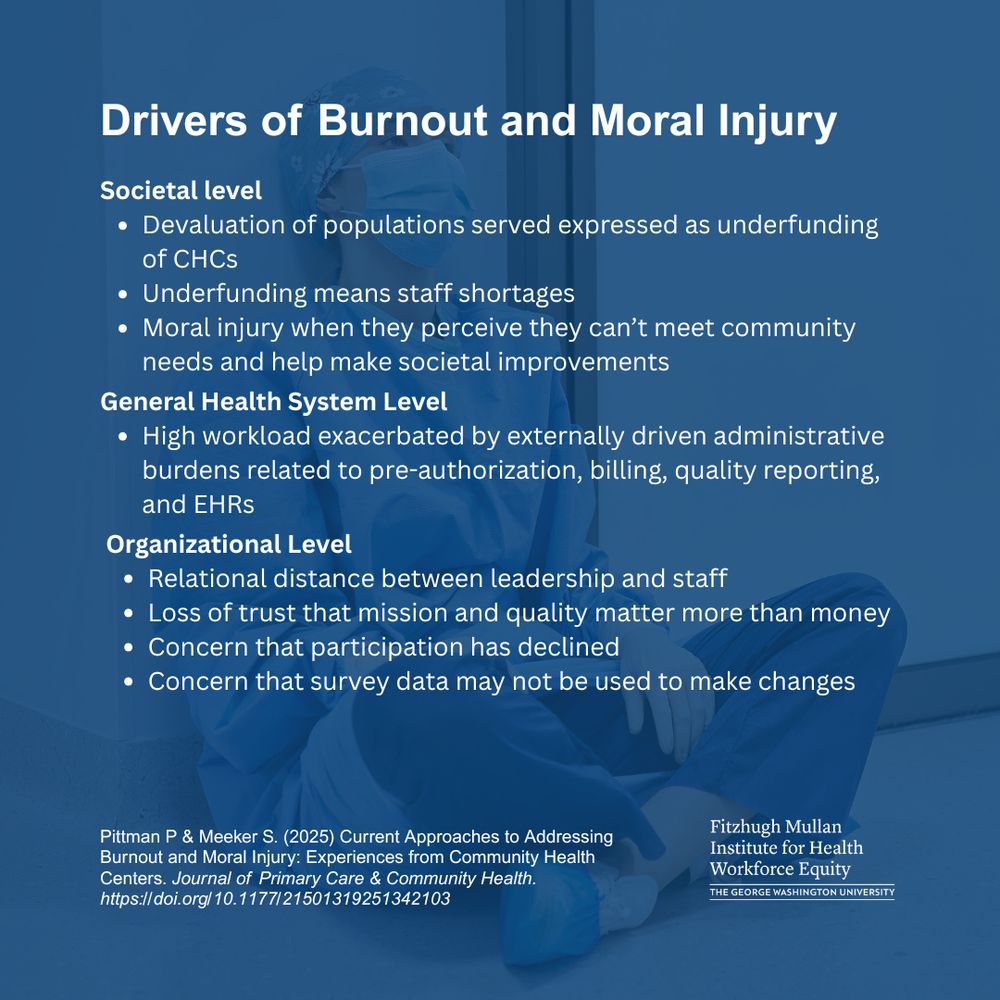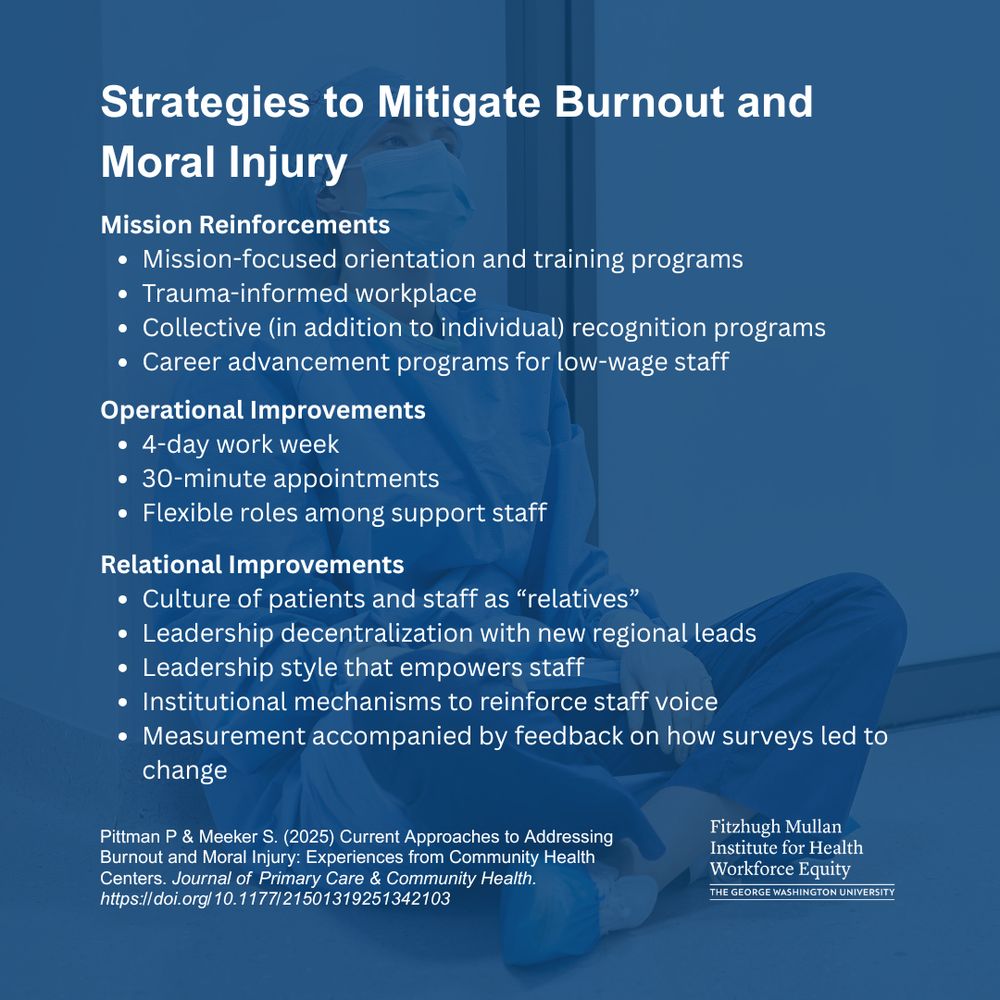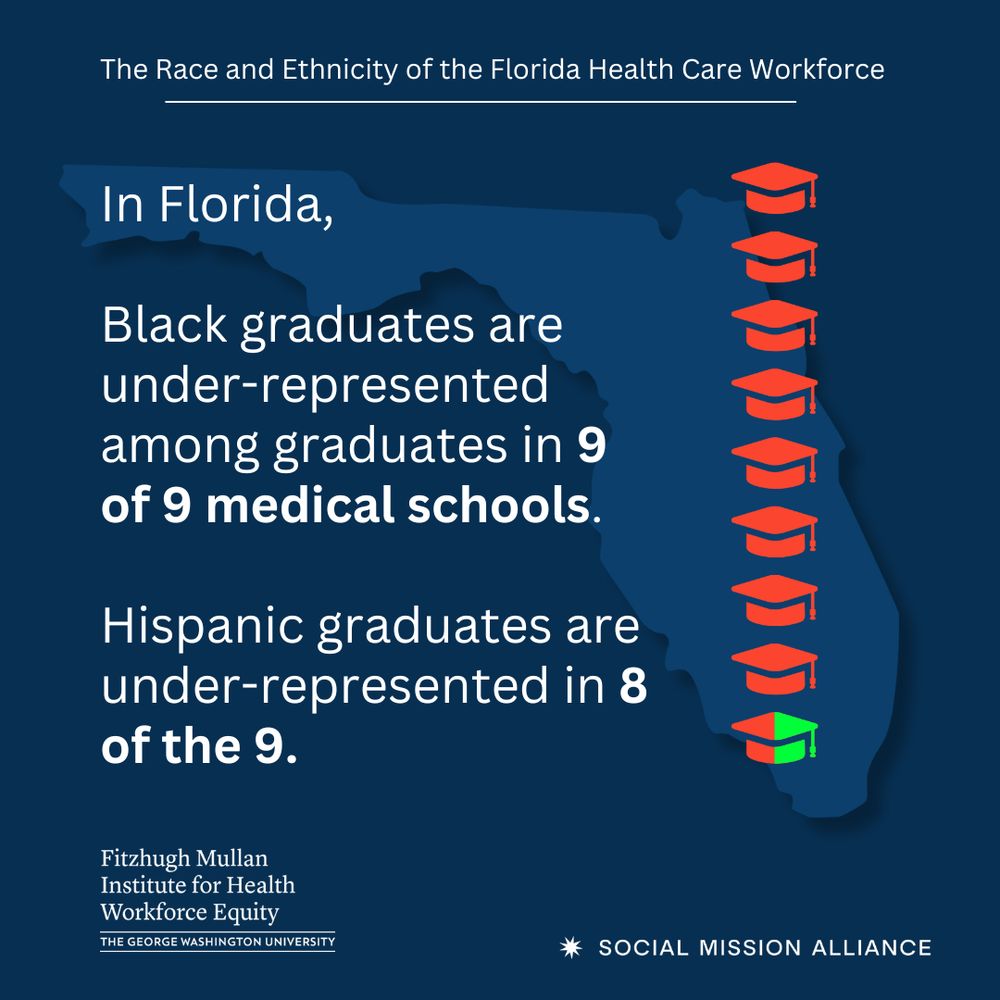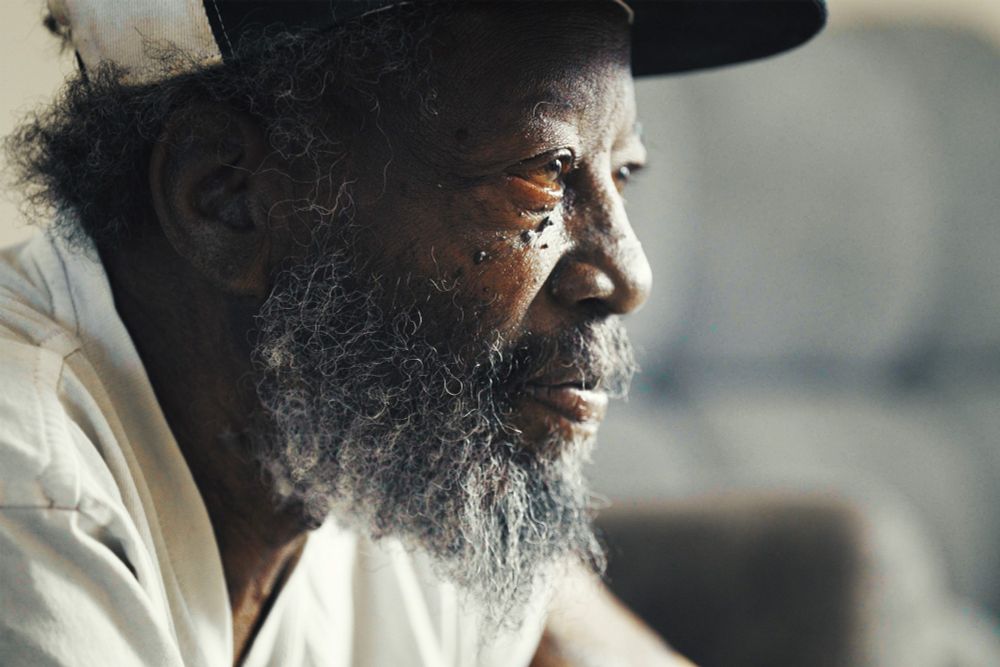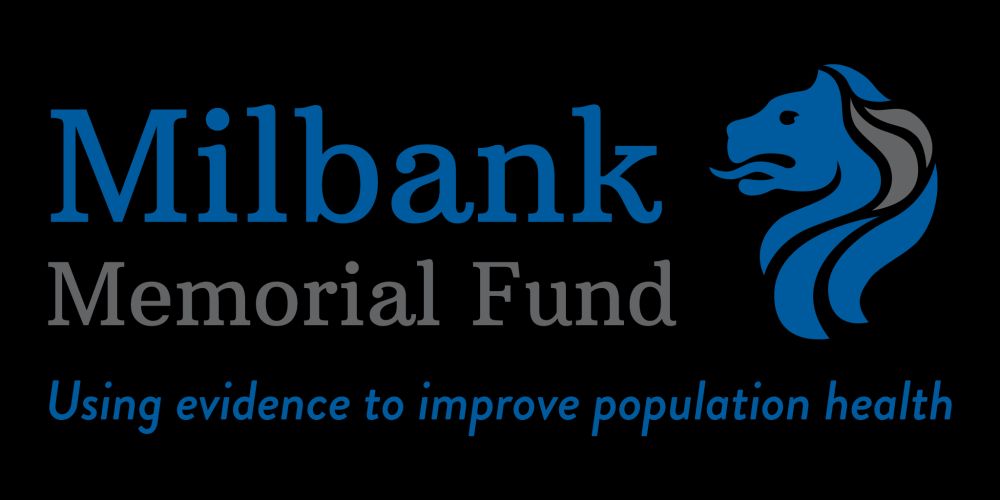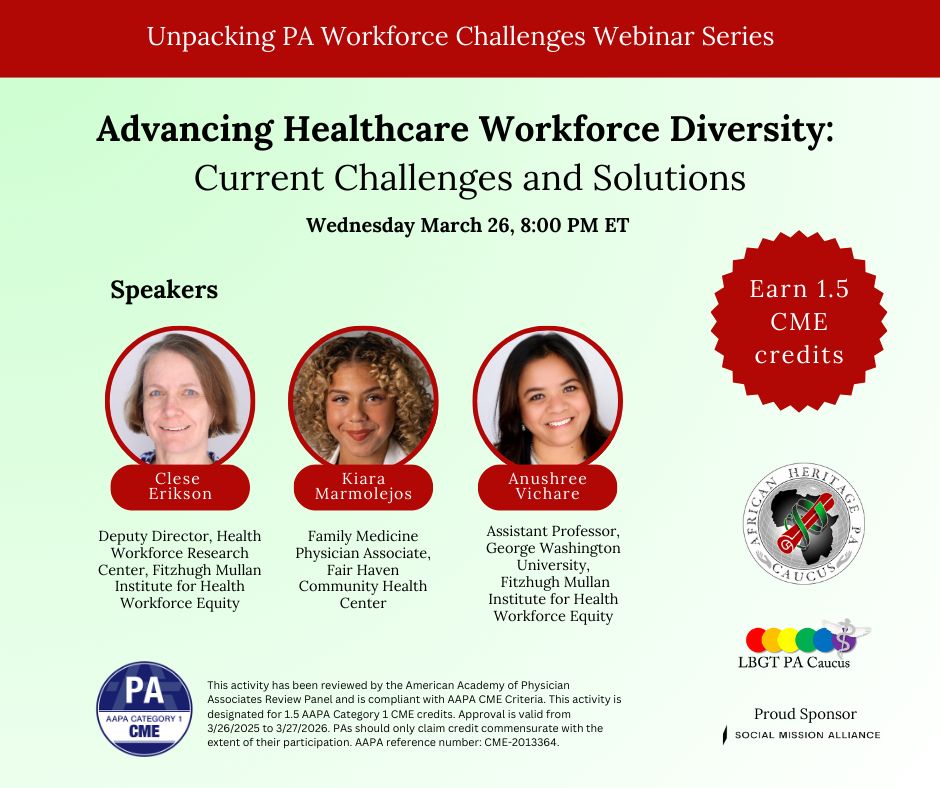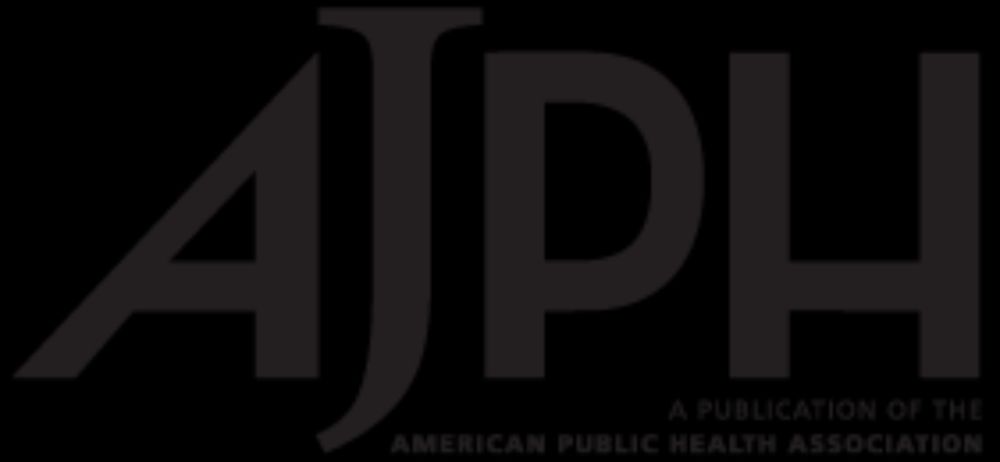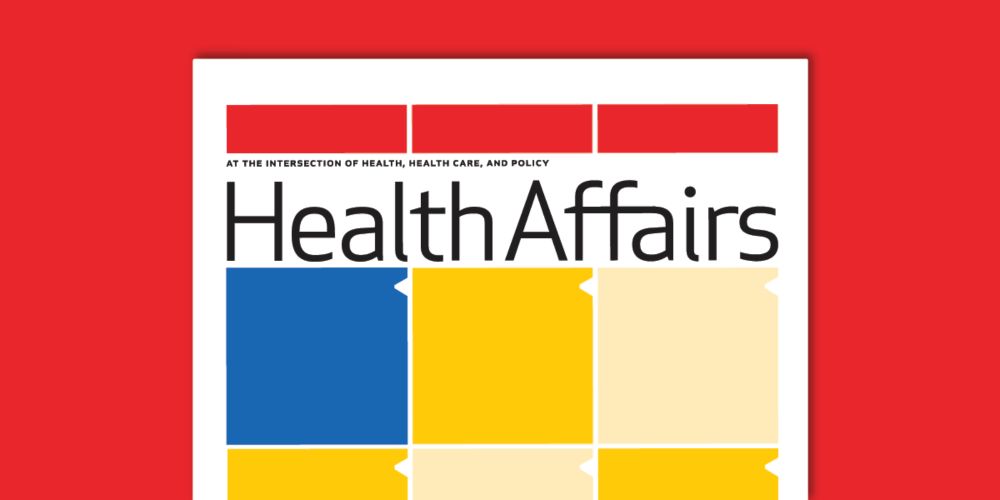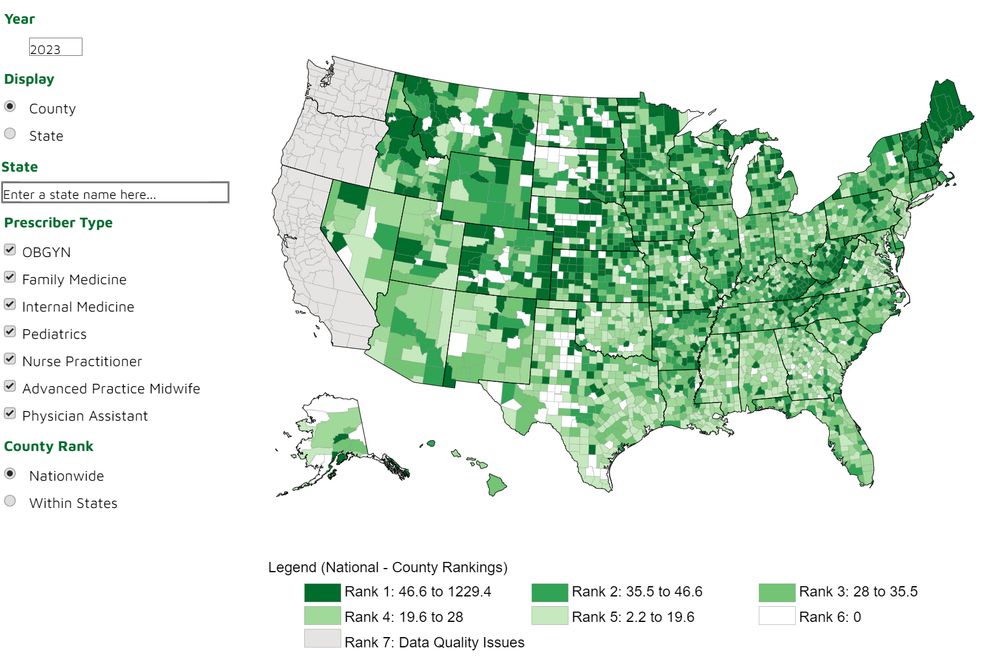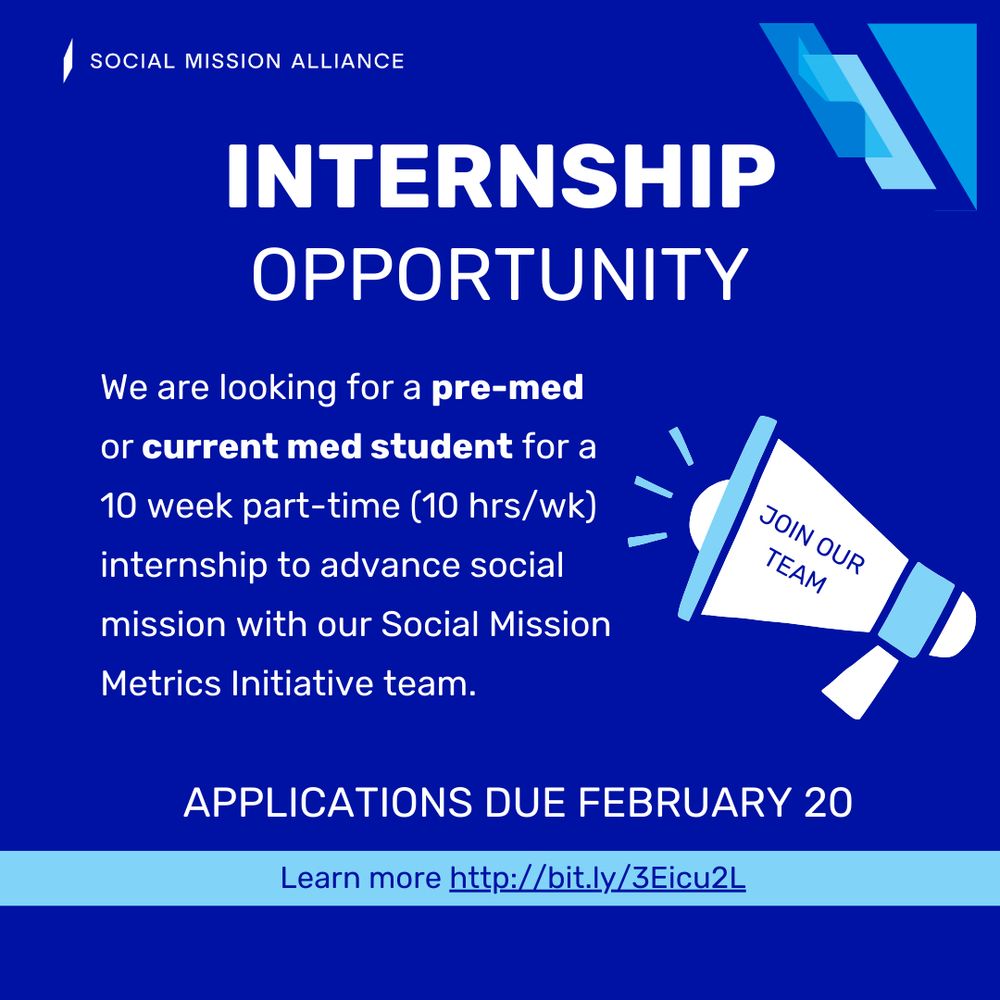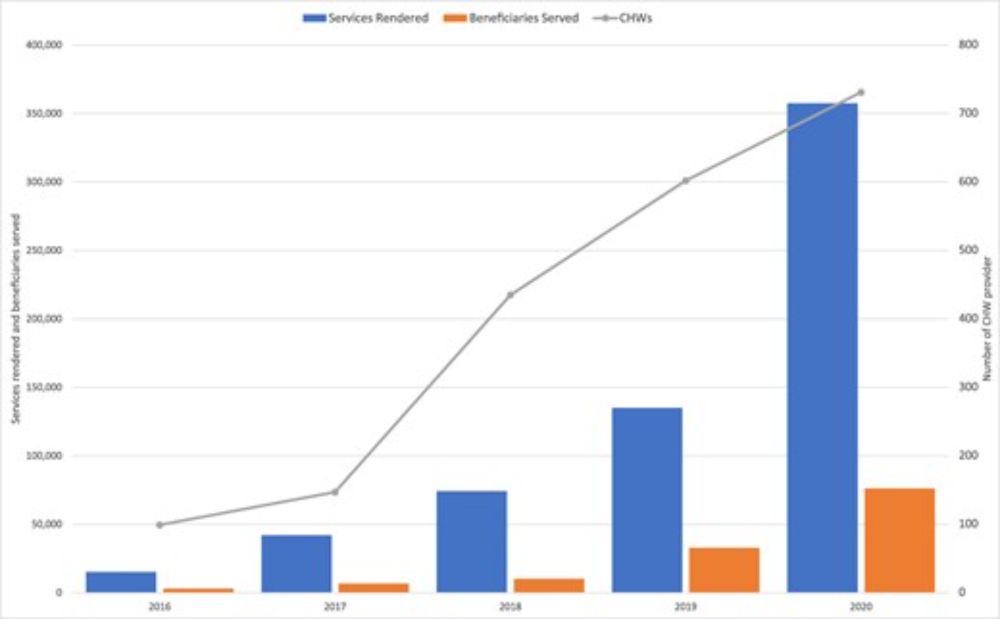Mullan Institute for Health Workforce Equity
@gw-workforce.bsky.social
250 followers
27 following
17 posts
Health workforce policy is increasingly a #healthequity battleground. Based at the George Washington School of Public Health.
@socialmission.bsky.social
Posts
Media
Videos
Starter Packs
Reposted by Mullan Institute for Health Workforce Equity
Reposted by Mullan Institute for Health Workforce Equity
Reposted by Mullan Institute for Health Workforce Equity
KFF Health News
@kffhealthnews.org
· May 14
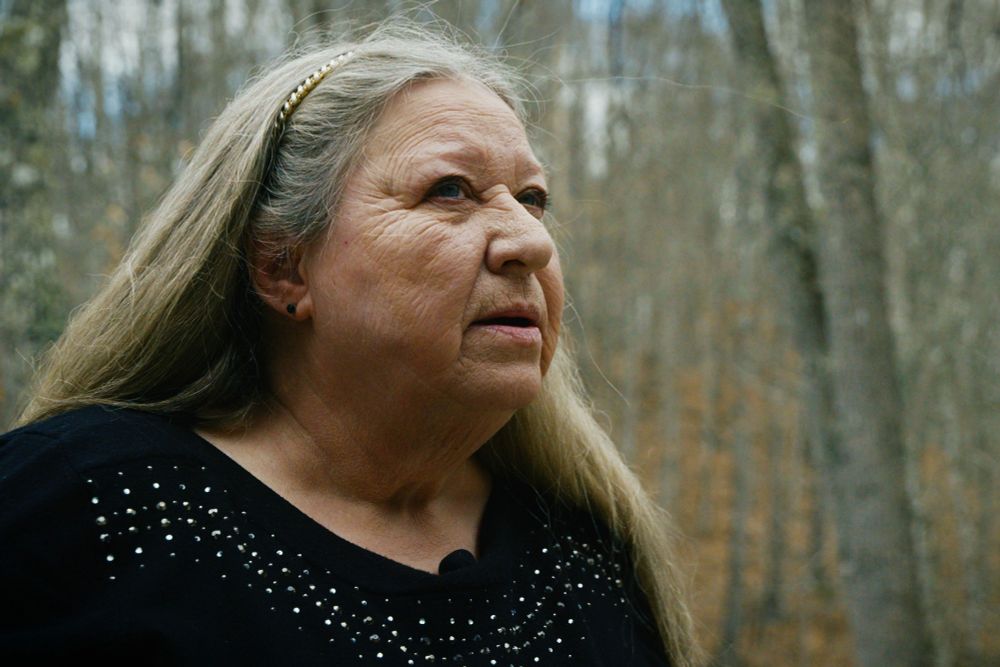
Flawed Federal Programs Maroon Rural Americans in Telehealth Blackouts - KFF Health News
Taxpayers — through federal infrastructure programs — have paid billions of dollars to internet companies to hook up rural Americans. Some communities have nothing to show for it, leaving medically vu...
kffhealthnews.org
Reposted by Mullan Institute for Health Workforce Equity
Reposted by Mullan Institute for Health Workforce Equity
KFF Health News
@kffhealthnews.org
· Apr 10
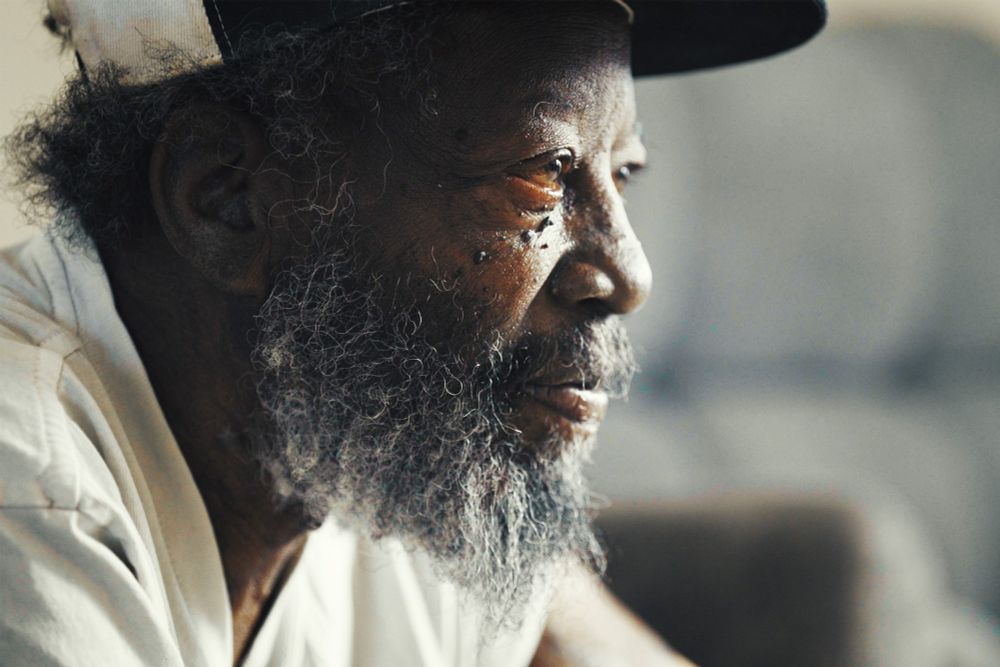
Rural Hospitals and Patients Are Disconnected From Modern Care - KFF Health News
Technological gaps handicap rural hospitals as billions in federal funding to modernize infrastructure lags. The reliance on outdated technology and piecemeal systems challenge staffs and erode patien...
kffhealthnews.org
Reposted by Mullan Institute for Health Workforce Equity
Reposted by Mullan Institute for Health Workforce Equity
Reposted by Mullan Institute for Health Workforce Equity
Reposted by Mullan Institute for Health Workforce Equity
Reposted by Mullan Institute for Health Workforce Equity
